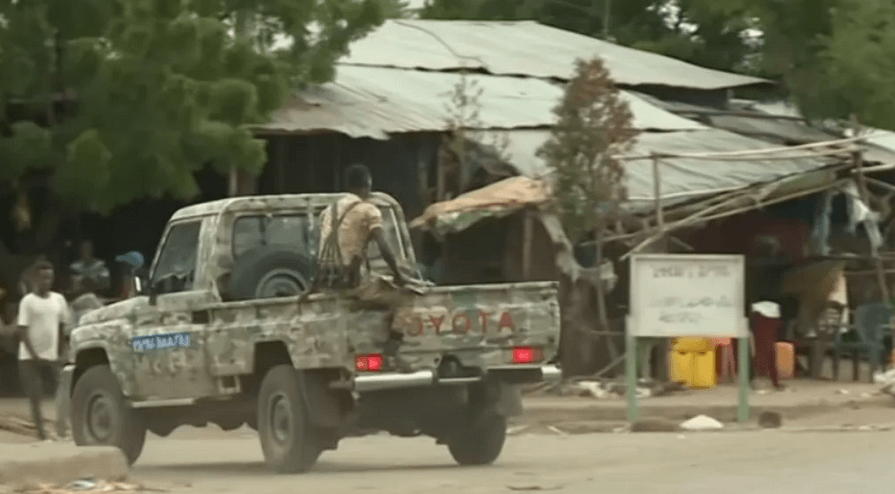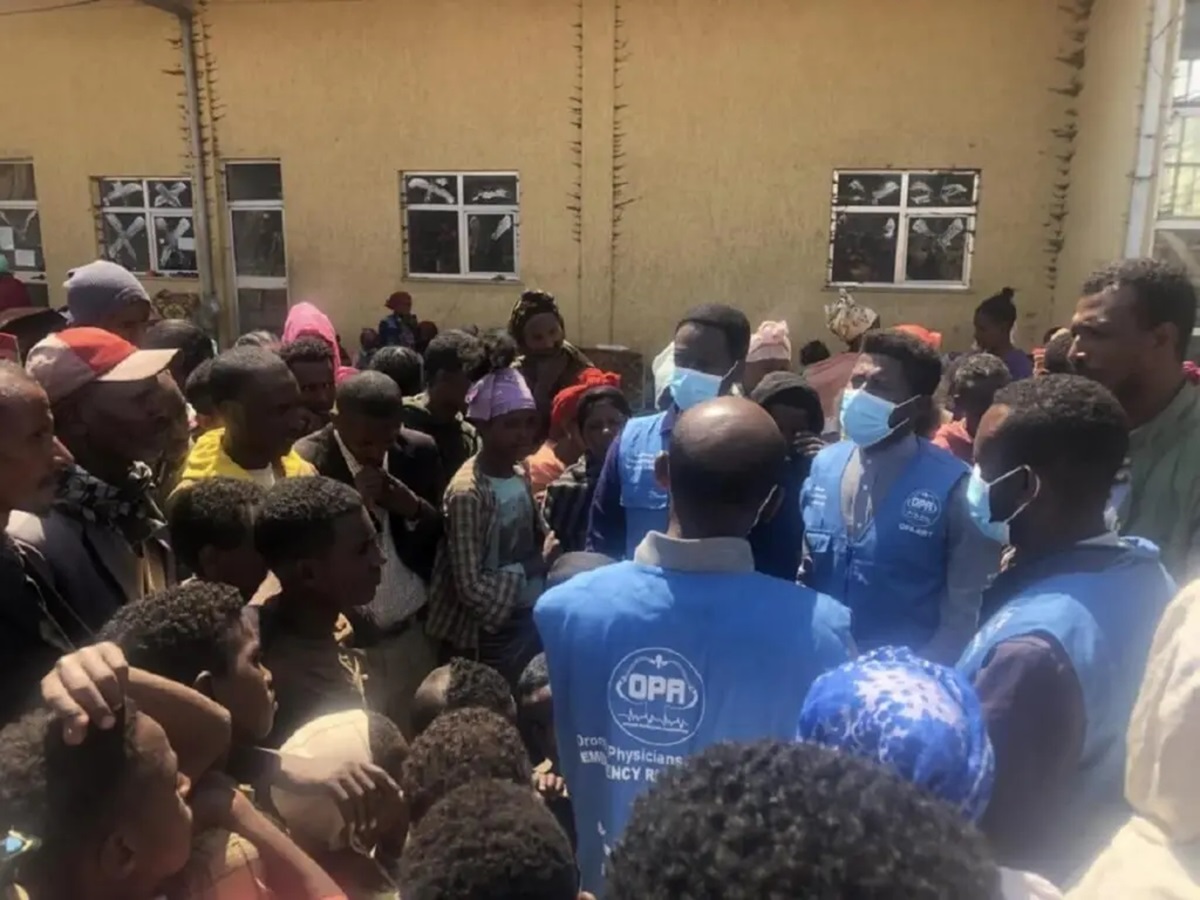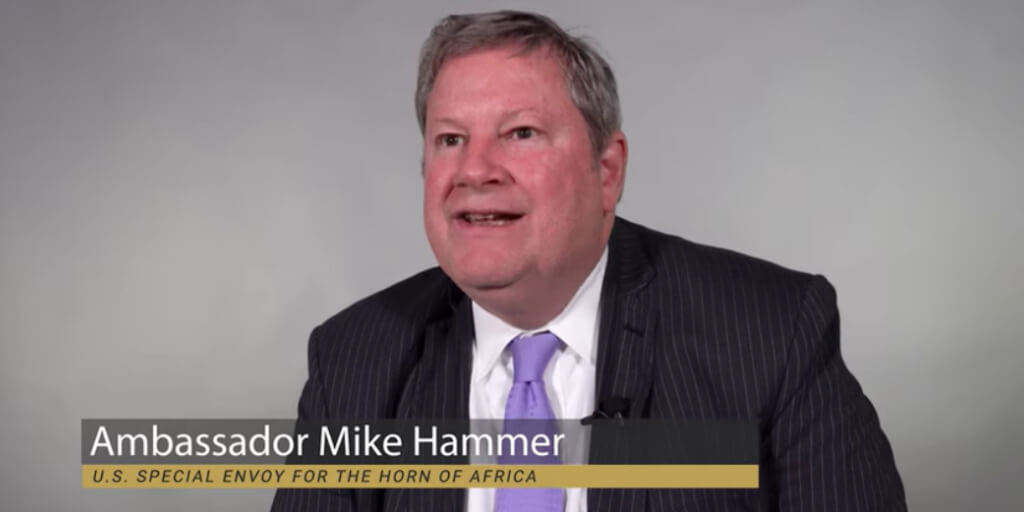Travel: Illubabor, a land of unimaginable beauty that is unknown, underdeveloped

By Etenesh Abera @EteneshAb
Addis Abeba, September 25/2021 – The Oromia regional state is a renowned tourist attraction known for its natural resources. The region is known for the biggest national parks in the country including: Bale Mountain national park, Awash national park, Abijatta shalla national park and the best birdwatching site Borena national park. Illubabor Zone is one of the 22 Zones of Oromia and remains with undiscovered natural beauty and unrecognized historical and cultural heritage.
Established under the theme ‘Visit Oromia’ Oromia Tourism commission, which is currently working on a tourist destination development project in collaboration with Bifle promotion, advertising and events, prepared the first green tour to the Illubabor Zone. The tour, which is proposed to unveil the Illubabor zone’s natural, historical and cultural resources and promote them as tourism products, was supported by the Illubabor Zone Administration and Mettu University.

Yayo coffee forest Biosphere, a UNESCO registered forest biosphere located between Illubabor and Buno Bedele zones. The biosphere has six districts Doremi, Yayu, Bilo Nopa, Algae Sachi, Hurumu and Chora. Yayo Coffee Biosphere is part of the Eastern Afromontane Biodiversity Hotspot which is one of the 34 globally important and yet its biodiversity remains under threat. The landscape consists of forest, agricultural land, wetland and grazing land. Some parts of Yayo are designated for National Forest Priority Areas, while other parts of the forest have also been designated as a site for wild coffee (Coffee Arabica) by the government since 1998.
Yayo forest covers 167,021 hectares of land. The forest is classified into three zones (Transitional covering 117,756 hectares, Buffer covering 21,532 hectares, and Core covering 27,733 hectares). According to Zewde Gojee, Oromia’s Forest and Wildlife Enterprise, Forest Management Director, more than 154,000 people live around the Yayo bisophere mostly in the transitional part of the forest.
The evergreen and dense Yayo coffee forest has more than 450 plant species including wild coffee, spices alongside different indigionous trees. The forest is also home for 50 mammals, 30 bird species and 20 amphibians. Researchers also revealed that more than 100 endemic species of plants, birds and mammals are found in Yayo.
Sadly, 40 plant species, two mammals and two bird species are under the threat of extinction. The biosphere contains small rivers like Geba, Dogi, Saki and Sese which discharge to the Baro River, the main tributaries of the White Nile after joining Phibor in east South Sudan and becoming the main tributary for the Sobat River in Northeastern South Sudan.
According to a research paper reviewed by Addis Standard, Yayo coffee forest is unique, having the highest number of wild coffee trees in Ethiopia, being the most intact and undisturbed forest, its coffee breed being genetically diverse and related to other wild coffee breeds across Ethiopia, and having direct link to ancient Arabica type C breed.
Yayo forest coffee biosphere is surrounded by seven woredas. As of research the local community surrounding the forest are residing in the transitional zone of the forest. Semi forest coffee production areas, small coffee plantations, garden coffee and grazeland are the main sources of income for the local community. Production of honey and spices are other sources of income.

In Addition to the Yayo forest coffee biosphere, undiscovered waterfalls are located inside IllubaborZone. Sor is the largest waterfall located in Becho woerda. The 20 meter high waterfall is a beautiful undiscovered waterfall which is located inside a dense forest. The waterfall is inaccessible as there is no road connecting it to the main road. However, Addis Standard learned that Mettu University and the Zonal tourism bureau signed a deal to build a road to the waterfall

Illke is one of the hidden beauties of Illubabor. Found on the road to Suphe woreda, Illke is easily accessible but still hidden from tourists visiting the area. Illke is different from other waterfalls found in the country because it is given little to no attention and is not promoted as a tourist destination. AS







